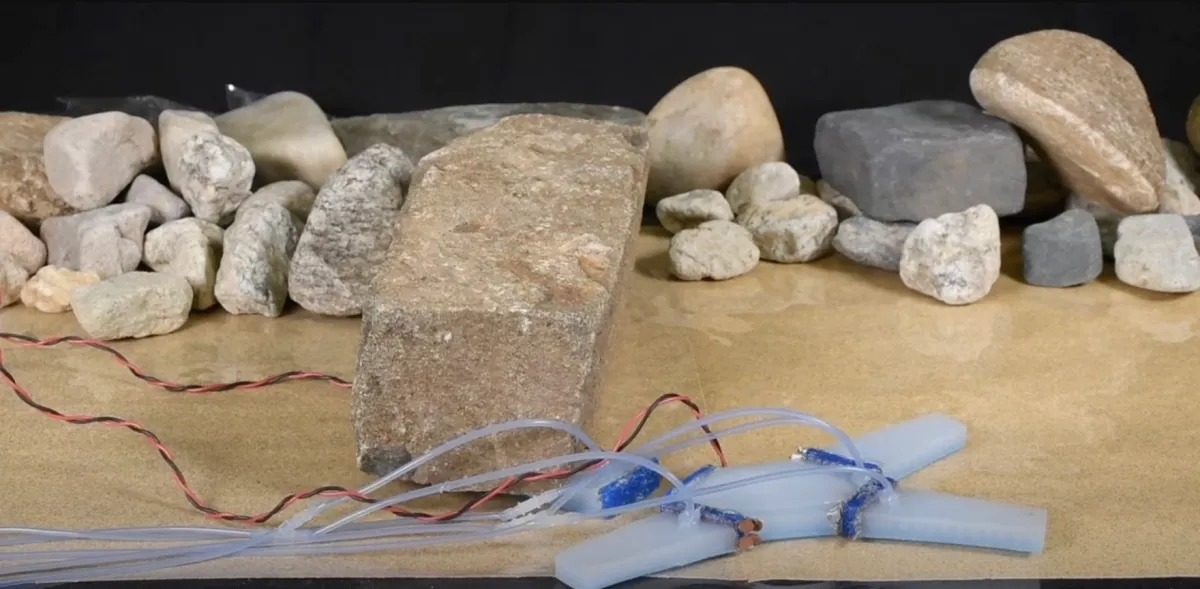Imagine a robot that can detach its own limb to escape danger or team up with others to bridge a gap—Yale’s new soft robots are taking adaptability to a whole new level!
nanadwumor

RECOMMENDED ARTICLES
Top Ten Ways to Speed Up a Slow Internet Browser
Is your browser dragging, freezing, or running slower than it should? Here’s how to speed it up and get smooth, hassle-free browsing again. Close old or unused tabs and save ones you want to...
Ancient Artifacts Uncovered In Idaho May Be Evidence Of North America’s First Human Settlement
New findings in western Idaho provide evidence that North America's ancestors arrived much earlier than was previously believed. But not everyone is convinced.Davis et alWhite arrowhead points to the exact location of the Cooper’s Ferry excavation site. It’s widely...
What you must know about G-money to make your life easier
G-Money is GCB's MoMo business. It is a mobile money platform that facilitates the transfer of funds from one bank account to another or a mobile wallet like MTN or Vodafone MoMo wallet. ...
Researchers at The Faboratory at Yale University have created a method that enables soft robots to mimic some of the more surprising behaviors observed in animals and insects, such as a reptile voluntarily severing a limb or ants forming temporary bridges by connecting their bodies.
In one demonstration video, a soft quadrupedal robot is seen crawling along when a falling rock pins one of its back legs. By applying heat through an electric current to the joint that connects the leg, the robot can detach it and free itself. While the video doesn’t display this, the limb is also capable of being reattached afterward.
In the second video, a single crawler robot is unable to cross the gap between tables, but three robots are able to fuse together (again, using joints that have been heated and softened by electric current) and then cross the gap as a single unit.
These capabilities aren’t entirely new to the world of robotics (especially modular robotics), but existing systems based on mechanical connections and magnets are inherently rigid, according to Spectrum IEEE. The innovation here lies in the joints, created using a material called a bicontinuous thermoplastic foam, along with a sticky polymer. This combination allows the joint to be melted and pulled apart, then stuck together again.
Join Our Telegram Group
Join Our WhatSapp Group
You May Also Like…
Top Ten Ways to Speed Up a Slow Internet Browser
Is your browser dragging, freezing, or running slower than it should? Here’s how to speed it up...
Ancient Artifacts Uncovered In Idaho May Be Evidence Of North America’s First Human Settlement
New findings in western Idaho provide evidence that North America's ancestors arrived much earlier...
What you must know about G-money to make your life easier
G-Money is GCB's MoMo business. It is a mobile money platform that facilitates the transfer of...




0 Comments